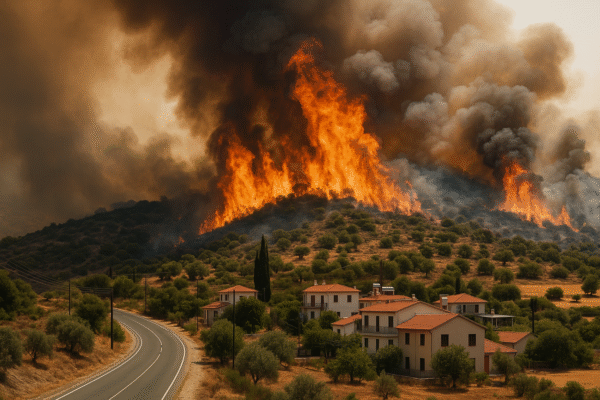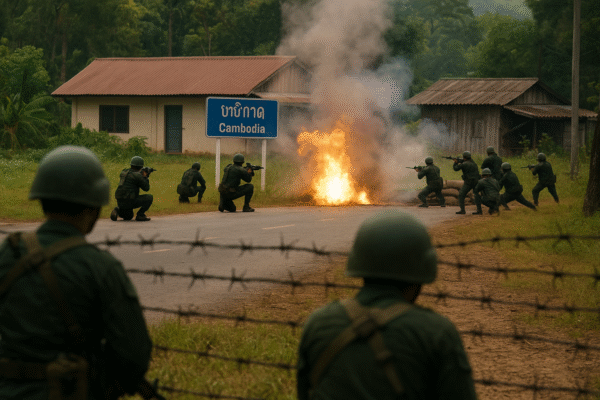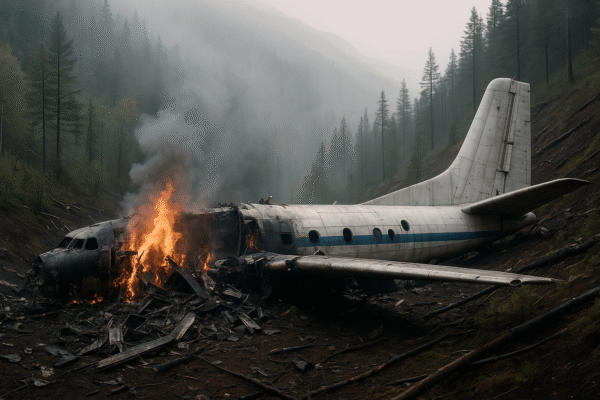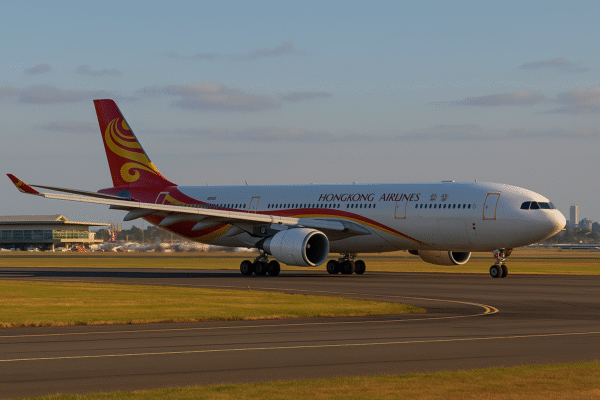A devastating plane crash in Russia’s Far East has claimed the lives of all 49 people aboard an Angara Airlines flight after it went down near the mountainous area surrounding Tynda Airport in Amur Oblast. The aircraft, a Soviet-era An-24 twin turboprop, vanished from radar while making a second landing attempt under difficult weather conditions.
According to Russia’s Ministry of Emergency Situations (EMERCOM), the flight was on a scheduled regional route from Irkutsk to Tynda, carrying 43 passengers, including five children, and six crew members. The aircraft had completed its initial approach but was forced to circle back for a second attempt due to low visibility and dense cloud cover—factors commonly associated with the area’s challenging mountainous topography.
Shortly after the second approach was initiated, air traffic control lost communication with the flight. Emergency response teams were immediately activated, but the remote location, thick forests, and rugged mountains severely hampered the initial rescue operations.
Helicopters and search drones were deployed by EMERCOM, with crews eventually locating the wreckage 16 kilometers from Tynda Airport, situated on a steep mountain slope. The fuselage was found ablaze, confirming the grim reality that there were no survivors. Photos released by emergency personnel show scorched wreckage scattered along a forested incline, further indicating the intensity of the impact.
Russian state media reported that Governor Vasily Orlov of Amur Oblast was closely monitoring the response efforts. In a public statement, he extended condolences to the families of the victims and confirmed that a full investigation has been launched into the crash.
Investigations Underway
The Russian Investigative Committee and Rosaviatsiya (Federal Air Transport Agency) are currently assessing the causes of the tragedy. Initial reports suggest that adverse weather, including heavy fog, wind shear, and cloud ceiling below minimum safe altitude, likely played a critical role. However, mechanical failure and pilot error have not been ruled out.
The An-24, developed in the 1960s by Antonov, has a reputation for durability and has been used extensively in Siberia due to its ability to operate from short, unpaved runways. Yet, many of these aircraft are decades old. Aviation analysts note that while the An-24 remains certified for use, aging fleets in harsh climates pose safety risks, especially in remote areas with limited air traffic infrastructure.
According to Russia’s aviation safety database, Angara Airlines had previously passed all necessary operational safety checks. The airline, based in Irkutsk, primarily serves Siberia and the Russian Far East, connecting hard-to-reach towns with regional centers.
Remote Flying Risks Highlighted
The crash has renewed concerns about the dangers of flying in remote and mountainous regions of Russia, where infrastructure gaps, harsh climates, and limited radar coverage create a challenging environment for pilots and ground control alike.
Aviation experts have long urged investment in modernized navigation and landing systems, especially for airports like Tynda that regularly experience low visibility. Enhanced terrain awareness warning systems (TAWS) and automatic dependent surveillance-broadcast (ADS–B) equipment are not always standard across older fleets in remote regions.
The Russian Transport Ministry has announced a special commission to assess whether regional airports in Siberia require upgraded aviation technology and emergency response coordination systems.
Mourning and Support Efforts
In the wake of the crash, Angara Airlines has suspended all regional operations and is offering psychological and logistical support to the families of the deceased. A dedicated hotline has been set up for relatives seeking information.
President Vladimir Putin expressed condolences and has called for a thorough investigation, emphasizing the need to uncover the full chain of events. The Kremlin has reportedly ordered financial compensation for victims’ families under the state disaster assistance framework.
Russian Orthodox churches across the region held services in memory of the deceased, while flags were flown at half-mast in Amur Oblast.
Global Reactions
International aviation safety organizations, including the International Civil Aviation Organization (ICAO), have offered technical assistance. Given the aircraft’s model and the operating conditions, parallels are being drawn to previous incidents in Russia’s Far East, where geographic remoteness and poor visibility contributed to multiple fatalities.
Neighboring countries have also sent condolences, and some airlines operating similar regional routes are now reviewing their operating protocols during adverse weather conditions.
Looking Ahead
As recovery operations continue and investigators comb through the flight data recorder and cockpit voice recorder (commonly referred to as black boxes), more details will emerge in the coming weeks. For now, Russia mourns one of its worst aviation disasters in recent years—one that exposes the urgent need for safety modernization in regional air travel.
The Angara Airlines crash underscores a grim reality for remote aviation in Russia: nature’s challenges, when met with aging technology, can have tragic consequences. Safety improvements, fleet upgrades, and better navigation systems will be crucial in preventing similar catastrophes in the future.
For more travel news like this, keep reading Global Travel Wire





















